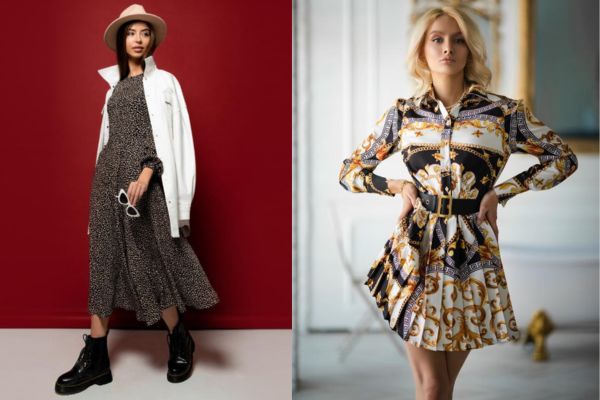
When it comes to fashion, the terms “wearing” and “styling” outfits are often used interchangeably, but they hold distinct meanings.
Understanding the difference between simply wearing an outfit and styling one can elevate your fashion game, allowing you to express your individuality and creativity.
This article explores the nuances between the two concepts and provides insights on how to transition from wearing to styling your outfits.
The Concept of Wearing Outfits
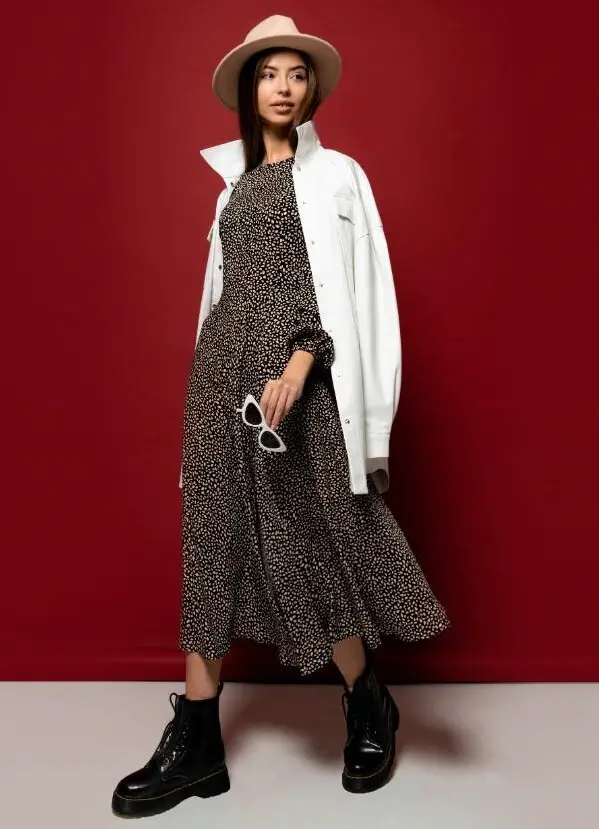
Wearing an outfit is the basic act of putting on clothes. It involves selecting garments based on functionality, comfort, and necessity. This process is often straightforward and influenced by factors such as weather, occasion, and personal preferences. For instance, choosing a pair of jeans and a t-shirt for a casual day out or selecting a suit for a formal event falls under the category of wearing an outfit.
In this context, the focus is primarily on the practical aspects of clothing:
- Comfort: Ensuring that the clothes fit well and are comfortable to wear throughout the day.
- Functionality: Selecting garments that are appropriate for the occasion and serve their intended purpose.
- Necessity: Wearing clothes that are clean, suitable for the weather, and meet the basic requirements of the day’s activities.
The Art of Styling Outfits
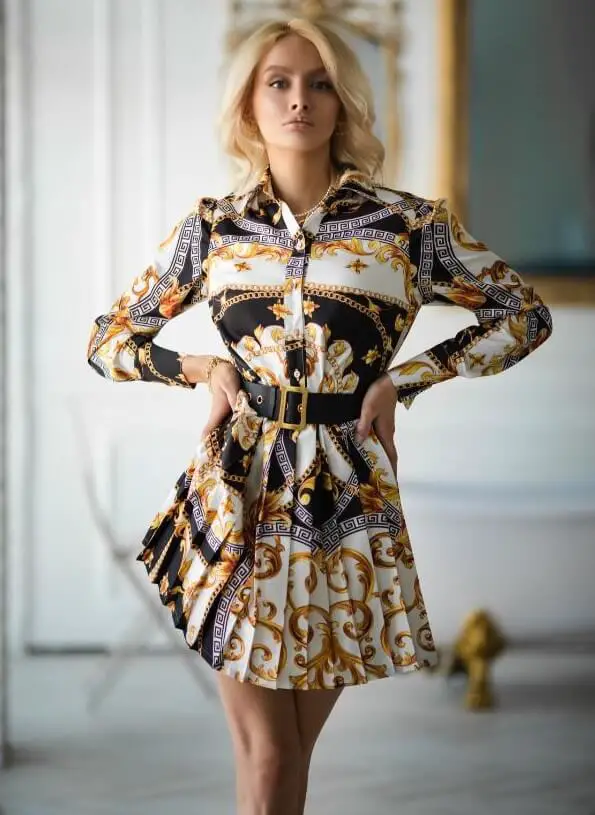
Styling outfits, on the other hand, goes beyond the mere act of wearing clothes. It involves a creative process where personal taste, fashion trends, and an understanding of color, texture, and silhouette play a crucial role. Styling is about making intentional choices to create a cohesive and aesthetically pleasing look. It’s about using clothing and accessories to express individuality and make a statement.
Key elements of styling include:
- Coordination: Combining different pieces in a harmonious way, paying attention to color schemes, patterns, and textures.
- Accessorizing: Adding accessories such as jewelry, belts, hats, and scarves to enhance and complete the look.
- Layering: Using layers to add depth and dimension to an outfit, making it more visually interesting.
- Proportions: Balancing different pieces to create a flattering silhouette that complements the wearer’s body shape.
Practical Examples
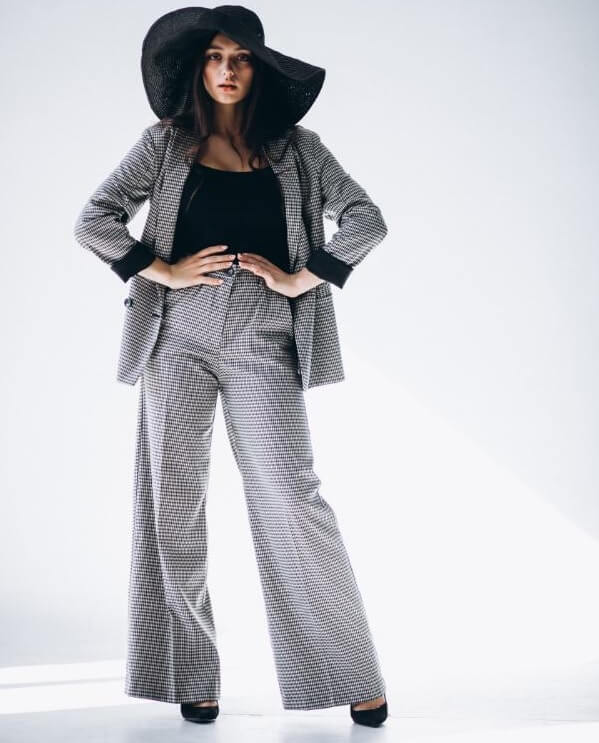
To illustrate the difference, let’s consider a simple scenario: a plain white t-shirt and jeans.
Wearing:
- Plain White T-shirt and Jeans: Simply pairing a white t-shirt with jeans for a casual, comfortable outfit. The focus here is on ease and functionality.
Styling:
- White T-shirt and Jeans with a Twist: Adding a statement necklace, a tailored blazer, and a pair of stylish ankle boots. The look is further enhanced with a chic handbag, a belt, and perhaps a stylish hat. The t-shirt could be tucked in or half-tucked to add an element of sophistication. Here, the outfit is not just worn but styled with attention to detail and personal flair.
The Role of Personal Style
Personal style is a crucial component of styling outfits. It reflects an individual’s personality, preferences, and lifestyle. Developing a personal style involves experimenting with different looks, understanding what works best for your body type, and being confident in your fashion choices. Personal style is ever-evolving, influenced by trends, experiences, and changing tastes.
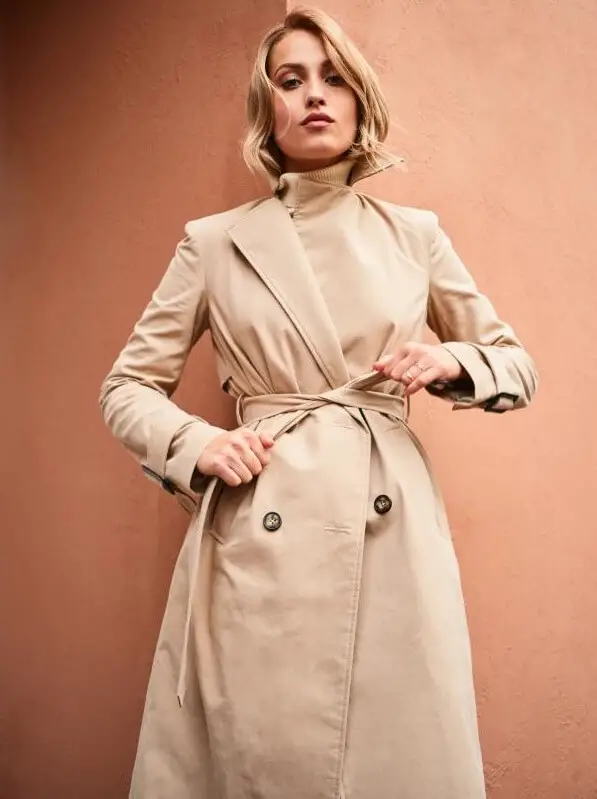
Tips for Transitioning from Wearing to Styling
- Experiment with Accessories: Start by incorporating accessories into your outfits. A statement necklace, a bold scarf, or a stylish hat can transform a simple look.
- Play with Layers: Don’t be afraid to layer your clothing. A jacket over a dress, a cardigan over a shirt, or even a vest can add depth to your outfit.
- Understand Color Theory: Learn about complementary colors and how to use them to create visually appealing combinations.
- Mix Textures and Patterns: Combine different textures and patterns to add interest and uniqueness to your outfits.
- Tailor Your Clothes: Well-fitted clothes can make a huge difference. Consider tailoring your garments to fit you perfectly.
- Stay Inspired: Follow fashion blogs, magazines, and influencers for inspiration. Pay attention to how they style their outfits and try to incorporate similar ideas into your wardrobe.
Conclusion
While wearing outfits is about meeting basic clothing needs, styling outfits is an art form that allows for personal expression and creativity.
By understanding the difference and incorporating styling techniques into your daily routine, you can elevate your fashion sense and create looks that truly reflect your individuality. Embrace the journey from wearing to styling and enjoy the process of discovering your unique style.




